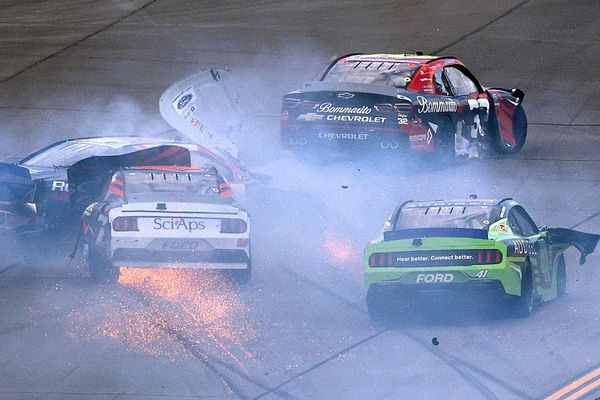
After years of criticism over civilian deaths, the Pentagon has announced a dramatic strategy and staffing overhaul designed to stop innocent civilians from being killed during US warfighting operations, including drone strikes.
US Defense Secretary Lloyd J Austin III, a former Army general, announced the so-called Civilian Harm Mitigation and Response Action Plan on Thursday in a memo to top military and civilian leaders, calling it “both ambitious and necessary”.
“We will ensure that we are well prepared to prevent, mitigate and respond to civilian harm in current and future conflicts,” Mr. Austin wrote in the memo, adding, “Importantly, this plan is scalable and relevant to both counterterrorism operations and large-scale conflicts against peer adversaries.”
The initiative calls for making reducing harm to civilians a core part of US military mission planning, and calls to staff 150 new positions within the Department of Defense to accomplish that aim, including in a newly created centre that conducts department-wide analysis and training on stopping unnecessary casualties.
The changes, which will apply to conventional combat operations and drone strikes, as well as more novel forms of warfare like cyber and space attacks, will also include embedded personnel specifically tasked with reducing harm to civilians within major Pentagon commands, according to the memo.
Observers applauded the effort, though questioned whether the plan would bring oft-requested changes to how the US military estimates casualties, incorporates data from independent conflict monitors, and holds offending officers to account.
“This is a sea change,” Marc Garlasco, a former Pentagon official who has civilian deaths for the United Nations, told The New York Times. “It doesn’t mean civilians won’t be killed in war anymore. They will. But if this plan is implemented and properly resourced, it will ensure fewer people will die and create a way for the Defense Department to respond when civilians are killed.”
Though US troops are taught the laws of war, which include prohibitions on intentionally targeting civilians, and conducting operations where the risk of civilian harm outweighs military necessity, the military has long been criticised over how it impacts innocents on the ground.
As The Independent has reported, low-end estimates suggest the US military has killed at least 363,000 civilians since the beginning of the War on Terror in 2001.
The military has killed people in its Middle East wars through so-called “signature strikes” with drones, launched not at a known target, but rather individuals who seemed like they might be terrorists based on their personal networks, as well activities such as driving in convoys or carrying weapons, a common practice for non-militant young men in war zones in the Middle East.
“It’s been shockingly bad,” Chris Woods, of civilian combat monitoring specialists Airwars, told The Independent in September. “There have been periods when the US has done a better job of holding itself to account, admitting it, reducing it. Those periods are often short and often come about after really catastrophic local casualty numbers. The lessons that should’ve been institutionalised are almost immediately lost.”
One of the final acts of the US war in Afghanistan was an August 2021 drone strike in a crowded Kabul residential district that mistakenly killed a former US military guard, a refugee aid worker, and seven children among 10 total civilians.
The military often fails to acknowledge its strikes at all, or conduct independent investigations into botched attacks.
It took the Pentagon two years and a New York Times investigation to disclose a 2019 strike in Syria that killed dozens of women and children during the war against ISIS.
“Every civilian casualty is tragic,” Secretary Austin told reporters at the time. “Where we see we’re not doing things as well as we could, we should adjust.”







